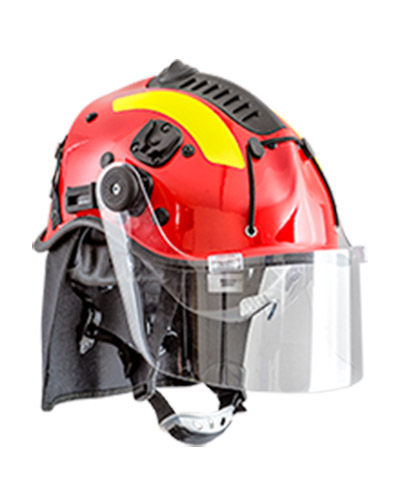Design and Applications of Rectangular Butterfly Valves in Fluid Control Systems
The Functionality and Importance of Rectangular Butterfly Valves
Butterfly valves, known for their simple yet effective mechanism, play a crucial role in various industrial applications. While the traditional round butterfly valve is widely recognized, the rectangular butterfly valve has gained popularity for specific applications due to its unique design and functionality. This article will explore the features, advantages, and applications of rectangular butterfly valves.
The design of a rectangular butterfly valve consists of a disc that rotates on a shaft, allowing for the regulation of flow within a rectangular pipe or channel. This shape is particularly advantageous in situations where space is limited or where the flow dynamics require a non-circular opening. The rectangular configuration ensures a tight seal while minimizing pressure drops in the system, making it an efficient choice for controlling the flow of liquids and gases.
One of the primary advantages of rectangular butterfly valves is their ability to handle larger volumes of fluid compared to their round counterparts, particularly in rectangular ducts or pipes
. This capability is essential in sectors such as water treatment, HVAC systems, and industrial processing, where flow optimization directly impacts efficiency and operational costs. Additionally, these valves are lightweight and easy to install, allowing for quicker maintenance and reduced downtime.rectangular butterfly valve

The versatility of rectangular butterfly valves extends to their construction materials. Manufacturers often offer a variety of materials suited for specific applications, including stainless steel for corrosive environments, ductile iron for strength, and plastic for lightweight applications. This variety ensures that engineers can select the most appropriate valve for their system's needs, enhancing durability and performance.
In terms of operation, rectangular butterfly valves can be actuated manually, pneumatically, or electrically, providing flexibility in how they are integrated into automation systems. The ability to incorporate these valves into control systems enables precise regulation of flow, pressure, and temperature, contributing to enhanced process control and efficiency.
Moreover, the maintenance of rectangular butterfly valves is generally straightforward. Their simple design allows for easy disassembly and cleaning, which is vital in industries where hygiene is paramount, such as food and beverage processing. Regular maintenance not only ensures reliability but also extends the lifespan of the valve, providing cost savings over time.
In conclusion, rectangular butterfly valves represent a critical component in many industrial applications. Their unique design offers advantages in space conservation, flow regulation, and ease of maintenance, making them suitable for a variety of environments. As industries continue to evolve and seek efficient solutions, the role of rectangular butterfly valves in optimizing fluid control will undoubtedly remain significant. Whether in wastewater treatment, HVAC installations, or process industries, these valves continue to contribute to enhancing operational effectiveness and resource management.
-
The Smarter Choice for Pedestrian AreasNewsJun.30,2025
-
The Gold Standard in Round Drain CoversNewsJun.30,2025
-
The Gold Standard in Manhole Cover SystemsNewsJun.30,2025
-
Superior Drainage Solutions with Premium Gully GratesNewsJun.30,2025
-
Superior Drainage Solutions for Global InfrastructureNewsJun.30,2025
-
Square Manhole Solutions for Modern InfrastructureNewsJun.30,2025
-
Premium Manhole Covers for Modern InfrastructureNewsJun.30,2025
